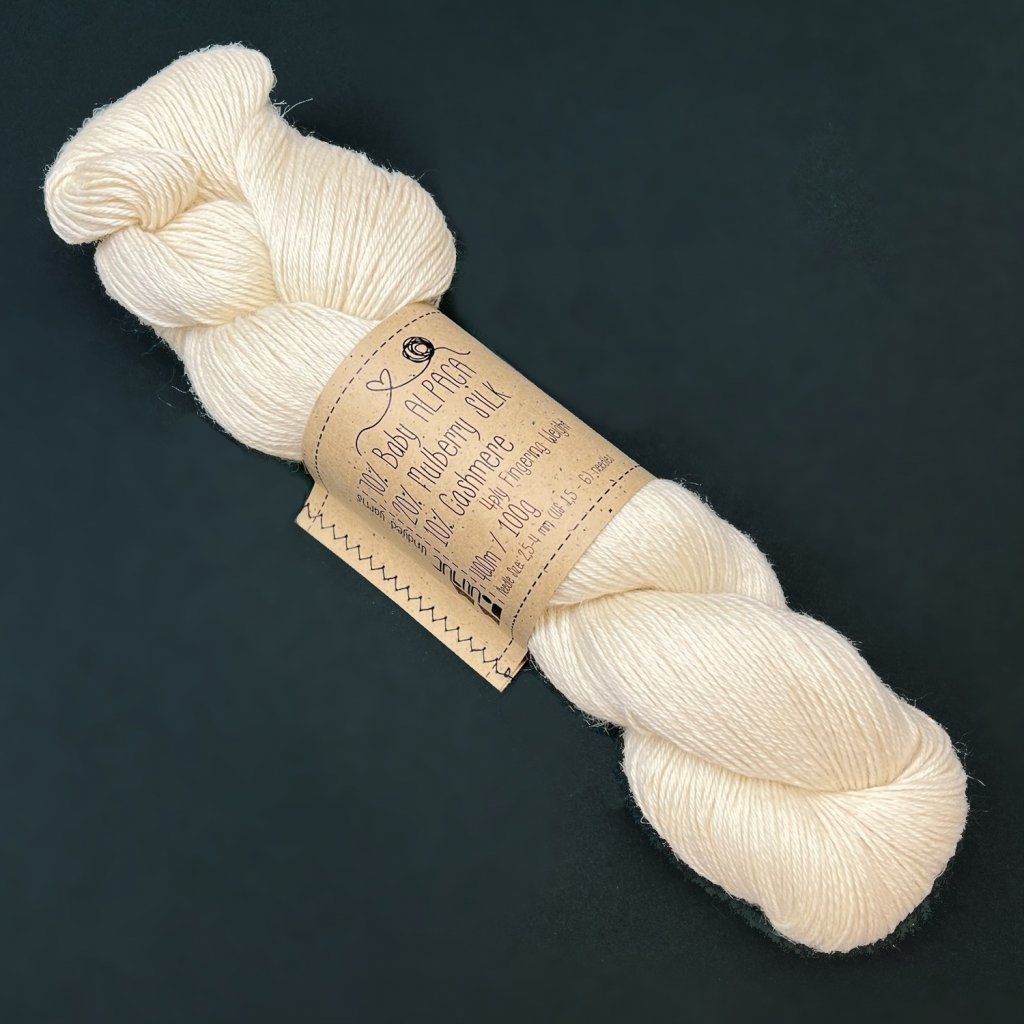Understanding the Various Sorts Of Cashmere a Natural Fiber and Their Special Benefits

The Beginnings of Cashmere: A Historical Introduction
While the extravagant touch of cashmere remains to appeal modern-day consumers, its origins map back to the harsh, chilly environments of Mongolia and the Himalayas. For centuries, the native individuals of these areas have been increasing Capra Hircus goats, the prime resource of cashmere woollen. These goats, durable against the serious winters months, grew a fine undercoat to make it through, which later on came to be known as cashmere. The name itself pays homage to Kashmir, a region in India where the wool was originally refined. Much of the early cashmere trade path was promoted by the Silk Roadway, connecting Asia with the Middle East and Europe. In spite of its worldwide spread, the finest cashmere is still thought to stem from the original regions of Mongolia and the Mountain Ranges.

The Manufacturing Process: From Goat to Garment
Shearing a Capra Hircus goat notes the inception of the complex cashmere manufacturing procedure. The resultant raw cashmere is then washed to remove impurities such as dirt, vegetable, and grease matter.
The tidy fiber is subjected to dyeing, spinning, and weaving, or knitting, to transform it right into a fabric. Complex procedures such as quality assurance checks and completing processes follow, guaranteeing the end product maintains the luxurious requirement expected of cashmere. This meticulous process, from goat to garment, validates the high expense connected to cashmere products, making them a symbol of deluxe and refinement.
The Various Sorts Of Cashmere: A Comprehensive Evaluation

The Distinct Benefits of Cashmere: Convenience and Sustainability
Relocating from the selection of cashmere types to the benefits they use, comfort and sustainability stand out prominently. Cashmere, a natural fiber, is renowned for its unmatched softness, offering a level of comfort that synthetic fibers can't match. The product's agility, yet remarkable heat retention, makes it ideal for all seasons. Furthermore, cashmere's natural elasticity enables it to return to its visit the site original shape, making it resistant to diminishing or stretching.
When it involves sustainability, cashmere is renewable and naturally degradable, as it's gathered from cashmere goats who regrow their coats each year. what is cashmere. Unlike artificial fibers which can take centuries to break down, cashmere's effect on the atmosphere is marginal. This combination of comfort and sustainability makes cashmere a helpful option for mindful consumers

Taking Care Of Your Cashmere: Maintenance and Conservation Tips
While cashmere is definitely a elegant and lasting option, it requires details treatment to preserve its top quality and extend its life expectancy. To start, cashmere ought to be hand cleaned utilizing cool water and a light detergent. Cashmere products need to be saved in a great and completely dry place, away from direct sunshine and wetness.
Purchasing Cashmere: Comprehending Its Value and Worth
Although cashmere might initially appear like a costly financial investment, its long-term worth and worth ended up being noticeable when you consider its amazing qualities. Known for its unequaled softness you can find out more and heat, cashmere is a premium all-natural fiber that surpasses other products. Its high need and limited supply add to its high price, however its resilience ensures it lasts for many years, supplying outstanding worth for money. Cashmere items are classic, frequently becoming antiques passed down via generations. what is cashmere. Its natural insulating residential or commercial properties give warmth without the mass of artificial fibers. Spending in cashmere, consequently, is not practically current style patterns, however concerning embracing a lasting, durable, and luxurious way of living.
Conclusion
In recap, the kind of cashmere one chooses, be it Mongolian, Chinese, or Italian, is dictated by specific choices for heat, sustainability, luxury, and spending plan. The worth of cashmere expands beyond its cost, with comfort and longevity contributing to its worth. Appropriate treatment and maintenance can guarantee its conservation. Understanding the origins, production procedure, and distinct benefits of various types of cashmere can lead consumers in their investment in this luxurious all-natural fiber.
Whether it's the extraordinary warmth of Mongolian cashmere, the price of Chinese cashmere, or the eco-conscious production of Italian cashmere, there's a story to be discovered behind each fiber kind. Cashmere, a natural fiber, is renowned for its exceptional gentleness, offering a degree of convenience that artificial fibers can not match.When it comes to sustainability, cashmere is sustainable and naturally degradable, as it's harvested from cashmere goats who regrow their layers every year. Recognized for its unrivaled gentleness and warmth, cashmere is a costs natural fiber that outmatches various other materials. Comprehending the origins, manufacturing process, and unique benefits of various kinds of cashmere can direct consumers in their investment in this lavish all-natural fiber.
Comments on “What Is Cashmere and Why It’s a Essential in Every Fashion Lover’s Wardrobe”